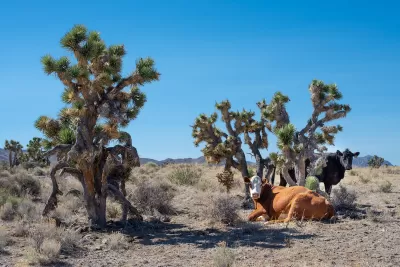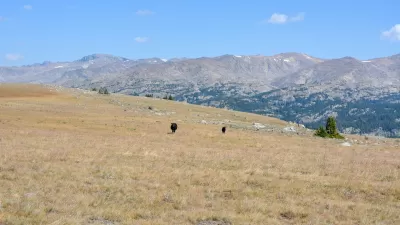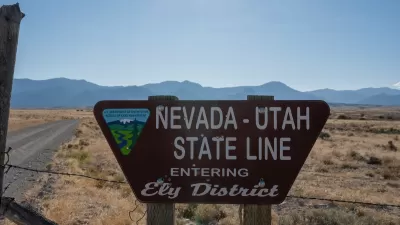Why is the agency’s effort to put conservation on an equal footing with other uses so controversial?

In an article for Outdoor Life, Andrew McKean explains how the WEST (Western Economic Security Today) Act, which narrowly passed the House of Representatives and is headed to the Senate, would nullify the Bureau of Land Management’s Conservation and Landscape Health rule.
The act was pushed through by Republican legislators who see recent efforts to regulate natural resources as government overreach. “In the case of the BLM rule, the agency proposes elevating conservation to the same land-management priority that traditional uses, such as grazing, mining, and energy development have had for decades.” The rule is opposed by conservative lawmakers and traditional BLM land users such as ranching interests.
Opponents criticize the rule’s new “conservation leasing” provision, which creates two mechanisms: “One is called ‘compensatory mitigation leasing’ which would enable BLM managers to require impacts of developments like solar farms and mines to be mitigated through habitat conservation measures on BLM land. ‘Restoration leasing’ would empower the agency to consider market-based solutions for measures that improve the ecological health of BLM land.”
According to one source, the rule doesn’t radically change what the agency can do or the tools available to it. “What the rule does is make the application of conservation tools more consistent and less scattershot.”
FULL STORY: Why Is the New BLM Rule So Controversial?

Study: Maui’s Plan to Convert Vacation Rentals to Long-Term Housing Could Cause Nearly $1 Billion Economic Loss
The plan would reduce visitor accommodation by 25,% resulting in 1,900 jobs lost.

North Texas Transit Leaders Tout Benefits of TOD for Growing Region
At a summit focused on transit-oriented development, policymakers discussed how North Texas’ expanded light rail system can serve as a tool for economic growth.

Why Should We Subsidize Public Transportation?
Many public transit agencies face financial stress due to rising costs, declining fare revenue, and declining subsidies. Transit advocates must provide a strong business case for increasing public transit funding.

How Community Science Connects People, Parks, and Biodiversity
Community science engages people of all backgrounds in documenting local biodiversity, strengthening connections to nature, and contributing to global efforts like the City Nature Challenge to build a more inclusive and resilient future.

Alabama: Trump Terminates Settlements for Black Communities Harmed By Raw Sewage
Trump deemed the landmark civil rights agreement “illegal DEI and environmental justice policy.”

Dear Tesla Driver: “It’s not You, It’s Him.”
Amidst a booming bumper sticker industry, one writer offers solace to those asking, “Does this car make me look fascist?”
Urban Design for Planners 1: Software Tools
This six-course series explores essential urban design concepts using open source software and equips planners with the tools they need to participate fully in the urban design process.
Planning for Universal Design
Learn the tools for implementing Universal Design in planning regulations.
City of Santa Clarita
Ascent Environmental
Institute for Housing and Urban Development Studies (IHS)
City of Grandview
Harvard GSD Executive Education
Toledo-Lucas County Plan Commissions
Salt Lake City
NYU Wagner Graduate School of Public Service





























